Drone makers have to convince us that airborne burritos and transplant organs are worth the noise and privacy invasion.
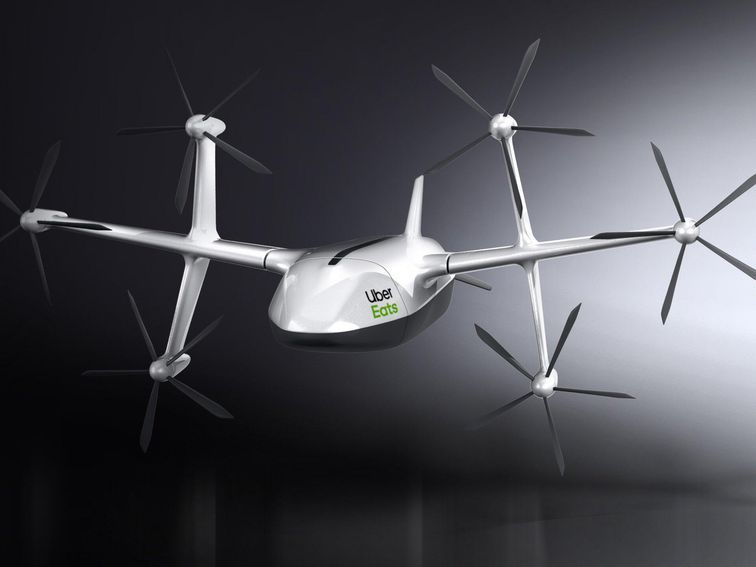

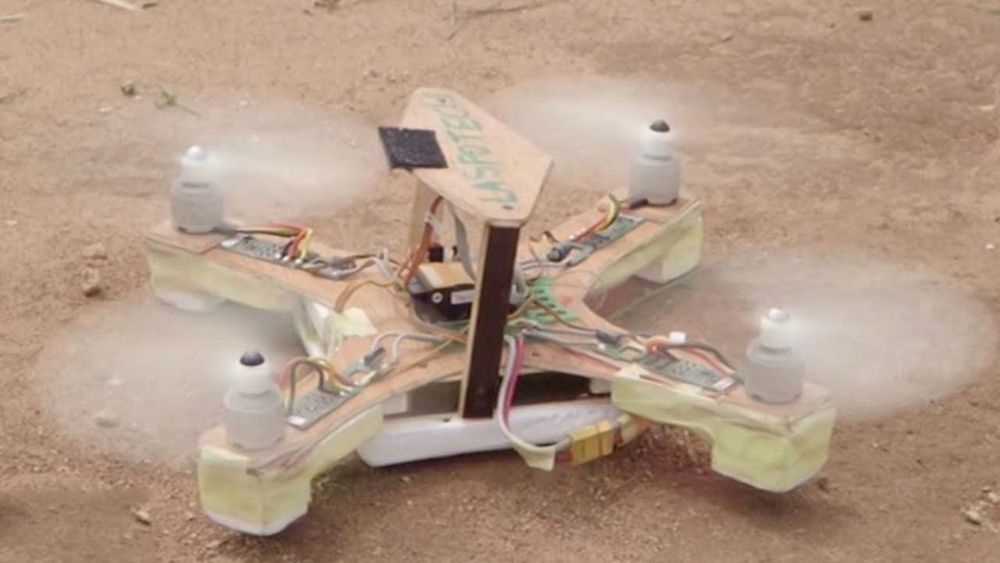
David Opateyibo was 17 years old when he built Nigeria’s first locally-made drone in Lagos.
Opateyibo led a team of Lagos State Polytechnic students to produce the country’s first prototype of a drone, which authorities in Lagos hope to deploy for security surveillance.
The drone project is part of the training curriculum in the University with the aim of developing technology that will be at par with the rest of the world whilst empowering young people and providing job opportunities.
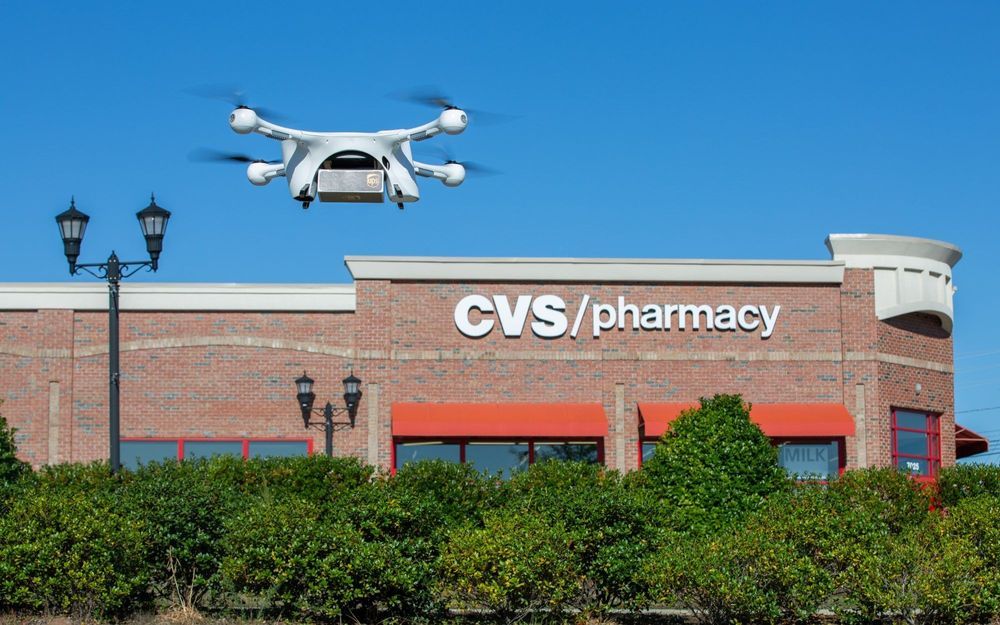
UPS Flight Forward recently was awarded their Part 135 certification from the Federal Aviation Administration, which allows them to make deliveries by drone throughout the U.S. This week, UPS in partnership with CVS made their first residential delivery by drone by dropping off prescription drugs from a CVS pharmacy directly to a consumer’s home.
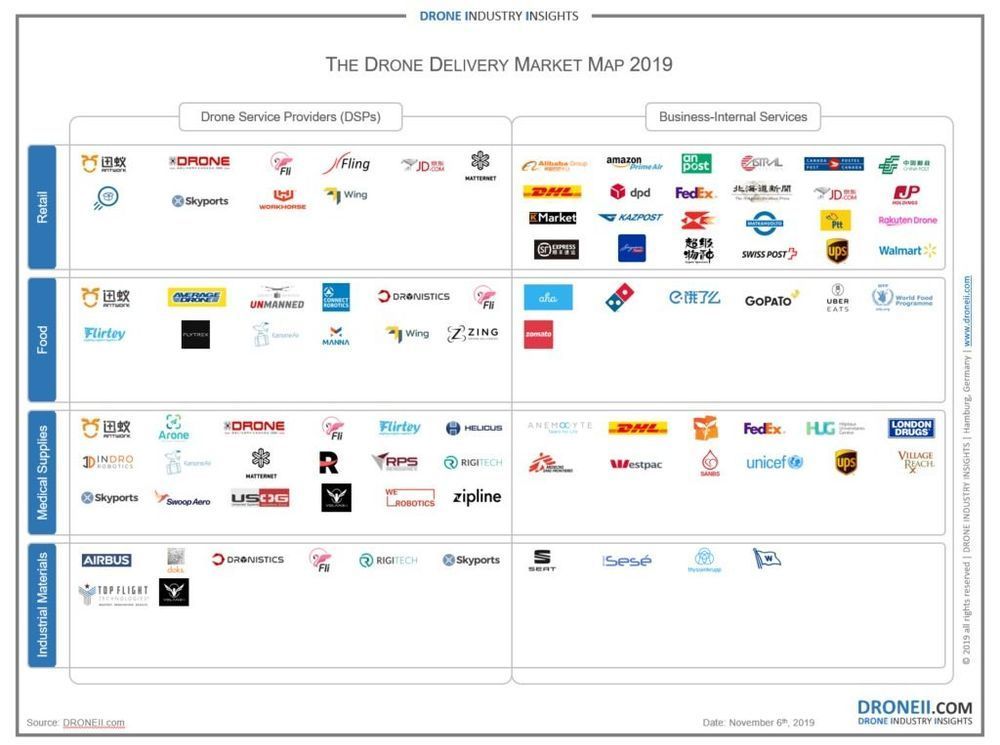
As part of DRONELIFE’s participation in the FAA’s Drone Safety Awareness Week, DRONELIFE will feature stories according to the themes outlined. Today, we focus on drone delivery.
Guest![]() Post: This article published with permission from our friends at DroneII, Drone Industry Insights. Article authored by Millie Radovic.
Post: This article published with permission from our friends at DroneII, Drone Industry Insights. Article authored by Millie Radovic.
As high-profile drone delivery companies like Wing, UPS Flight Forward, and Zipline have made headline after headline this year, the hype around drone deliveries has become bigger than ever. But is it really all hype, or are we on the brink of major change in the way that goods are transported? Over the past two months DRONEII has conducted thorough research into the drone delivery market to bring you the latest market updates and answer all your burning questions. Here’s just a small snippet of the content that we’ve compiled into our latest Drone Delivery Report.

In the late ’90s, wildlife conservationists Zoe Jewell and Sky Alibhai were grappling with a troubling realization. The pair had been studying black rhino populations in Zimbabwe, and they spent a good deal of their time shooting the animals with tranquilizer darts and affixing radio collars around their necks. But after years of work, the researchers realized there was a major problem: Their technique, commonly used by all manner of wildlife scientists, seemed to be causing female rhinos to have fewer offspring.
The researchers published their findings in 2001, igniting a controversy in the conservation world. The problem, says Duke University professor of conservation ecology Stuart Pimm, is that being “collared” is extremely stressful for animals. “If you were walking through your neighborhood and suddenly a bunch of strange people came charging after you … and you got shot in the ass with a dart and woke up with something around your neck, I think you’d be in pretty bad shape too,” he says.
But Jewell and Alibhai had an idea. While working alongside the Shona tribe in Zimbabwe, they saw how the indigenous trackers were able to deduce an enormous amount of information about wildlife from animals’ footprints, including weight, sex, and species, all without getting anywhere close to the animals themselves. “We would go out with local game scouts, who were often expert trackers, and they would often laugh at us as we were listening to these signals coming from the collars,” Jewell says. “They would say to us, ‘all you need to do is look on the ground.”
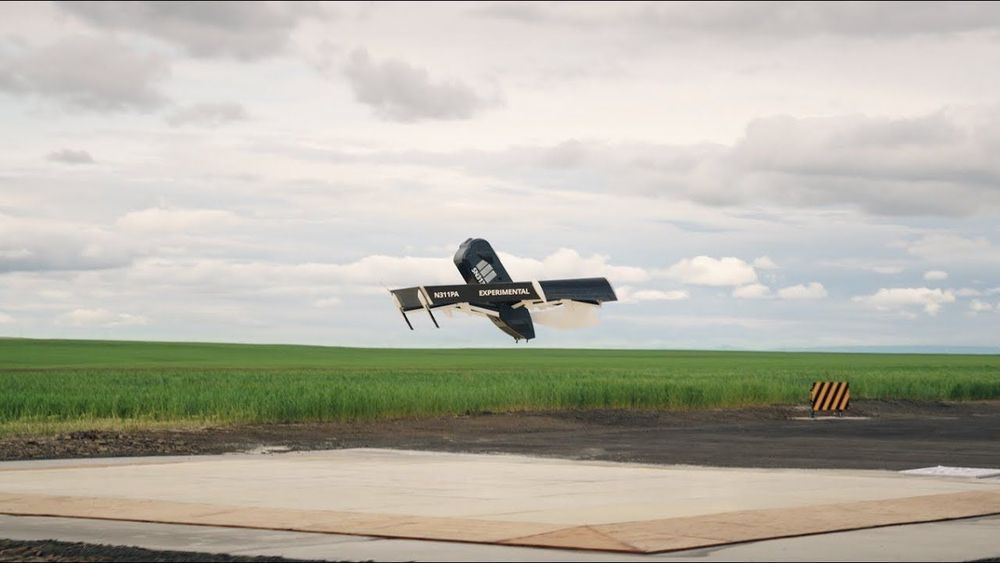
While maybe not as riveting as your favorite movie, this video published by Amazon shows it’s current version delivery drone in action. It is worth noting that the takeoff and landings are on a identified platform landing areas. It also does not show the transfer of the items from pick-up to delivery but it does give you an idea of the flight pattern of the drone and the interesting way that it handles take off and landings.
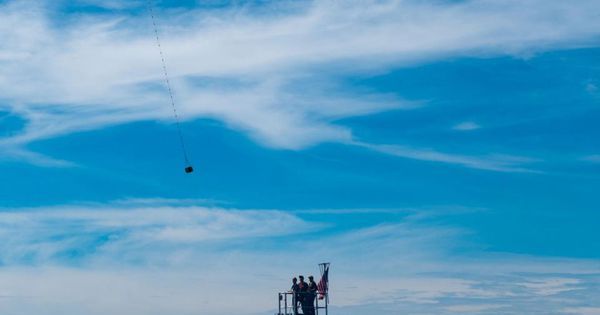
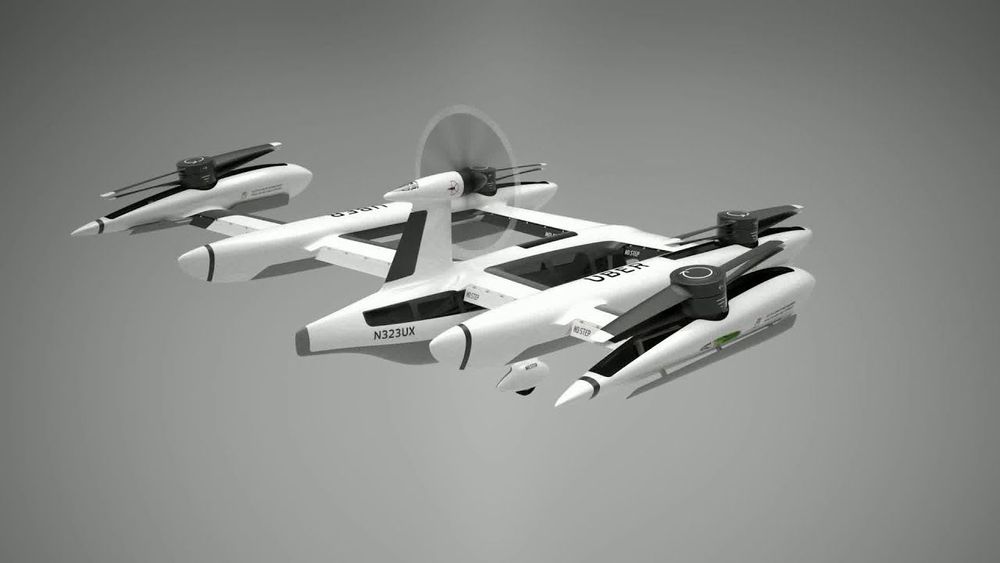
Uber has announced it’s developing a new drone it hopes to use for Uber Eats deliveries one day. Eric Allison, the head of Uber Elevate, talked about the new drone in Detroit yesterday at the Forbes Under 30 Summit. And while the mock-up design looks pretty cool, with rotating wings and six rotors, the details released so far raise some red flags.
According to Forbes (emphasis ours):
The new drone design can carry dinner for up two people and features six rotors, the company says. Its battery is designed for eight minutes, including loading and unloading, and it can only do relatively short hauls. The drone has a roundtrip range of 12 miles, or a total flight time of 18 minutes.
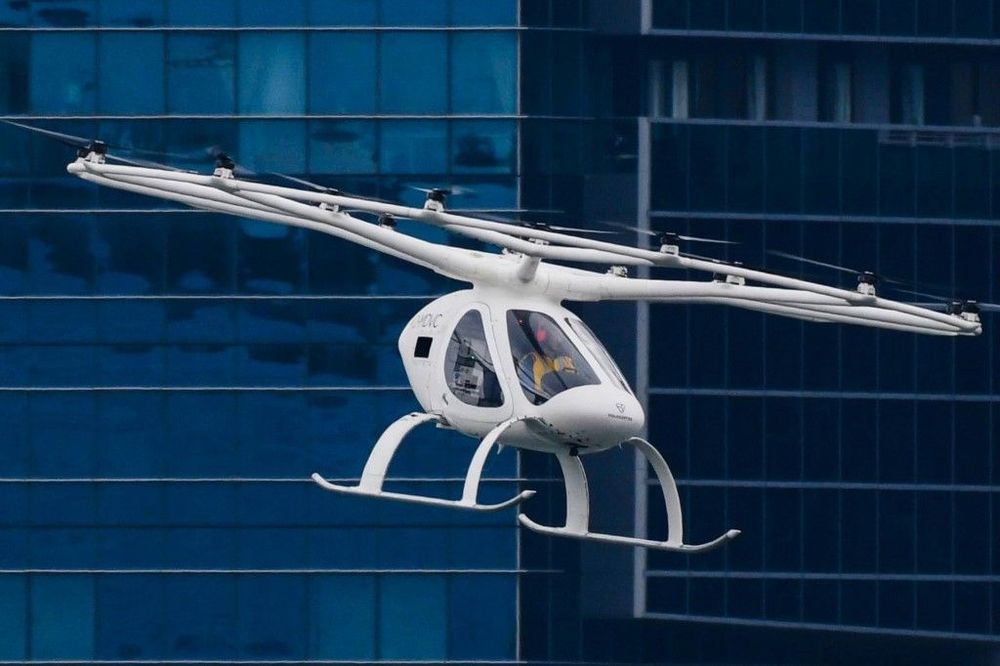
A drone-like flying taxi whirred over Singapore’s waterfront Tuesday, with the firm behind the test hoping the aircraft will revolutionize travel in traffic-choked Asian cities.
The 18 propeller vehicle, developed by German firm Volocopter and with a pilot onboard for safety during the test flight, took off from a promontory and flew for about two minutes and 30 seconds around the Marina Bay district.
Heavy rains in the morning almost delayed the flight, but the skies cleared in time for the battery-operated, two-seater taxi to quietly fly past skyscrapers.

https://www.youtube.com/watch?v=oRZpqPZm7Q4
A directed-energy weapon (DEW) emits highly focused energy, transferring that energy to a target to damage it.
Potential applications of this technology include anti-personnel weapon systems, potential missile defense system, and the disabling of lightly armored vehicles such as cars, drones, watercraft, and electronic devices such as mobile phones.
The energy can come in various forms:
Electromagnetic radiation, including radio frequency, microwave, lasers and masers.
Particles with mass, in particle-beam weapons.
Sound, in sonic weapons
The Pentagon is researching technologies like directed-energy weapon and railguns to counter maturing threats posed by missile and hypersonic glide vehicles. These systems of missile defense are expected to come online in the mid to late-2020s.